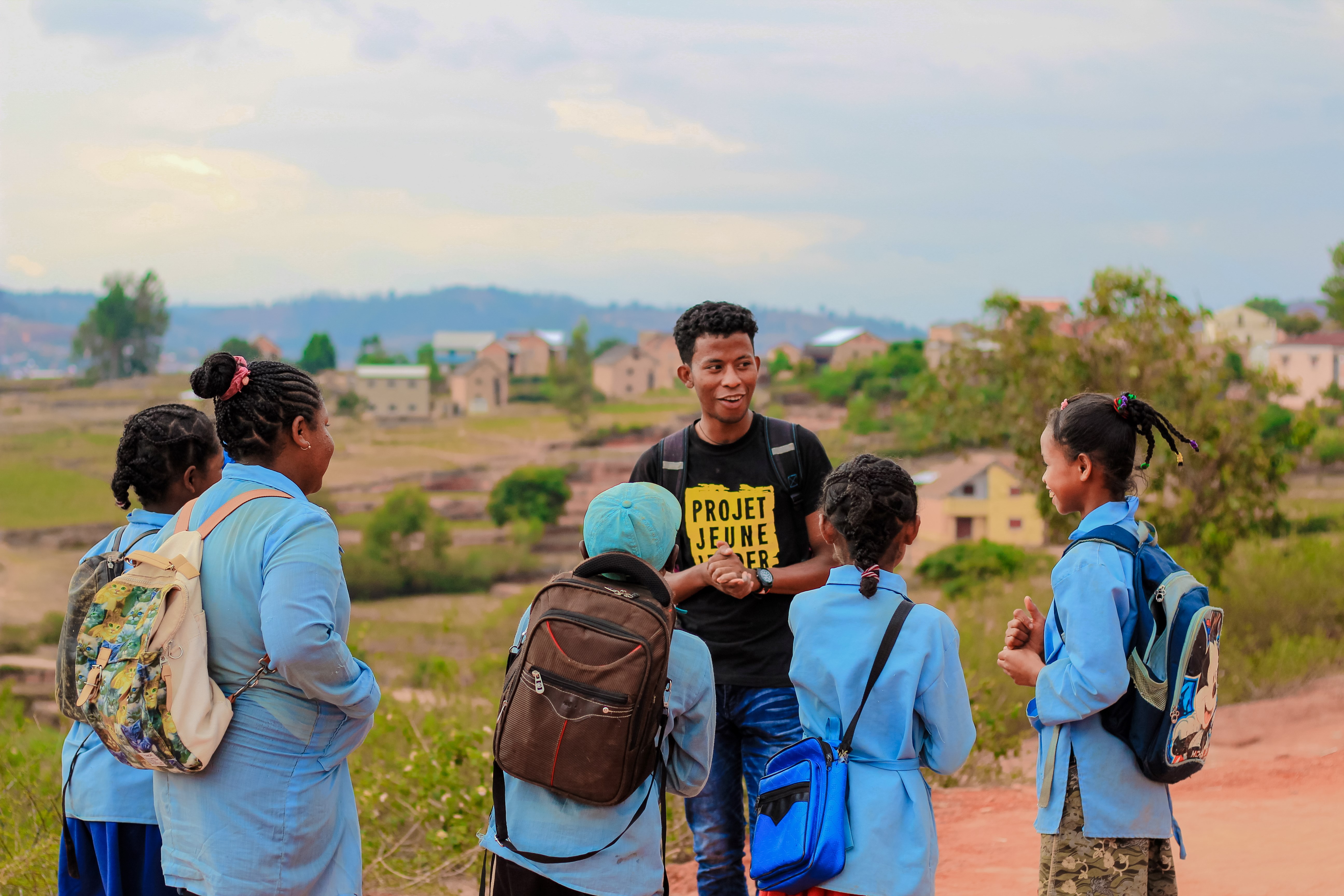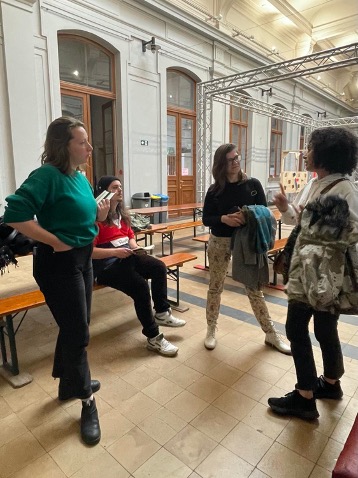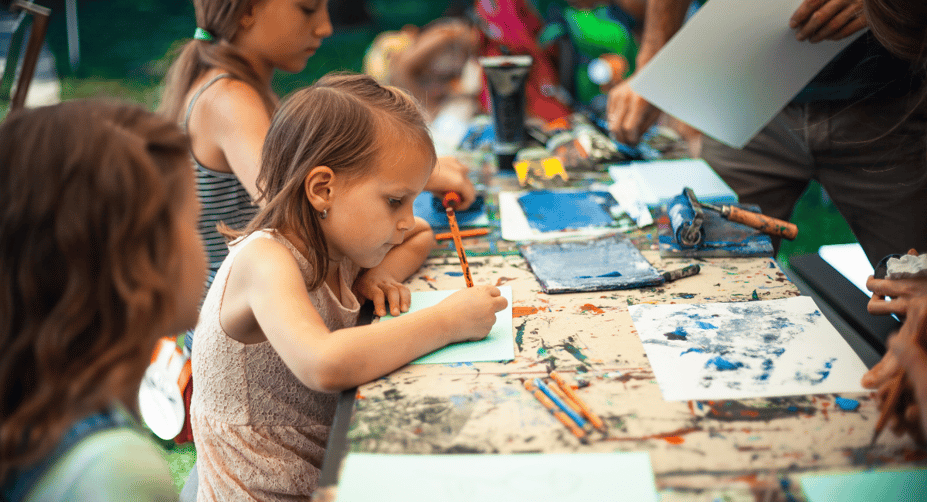
This resource is also available in French. Click here to access the French version.
Picture this: program enrollment is on a decline and youth seem to have lost interest in a program. What do you do as a professional in the field?
This blog will give some insight into the benefits and considerations for conducting arts-based evaluations for community youth programs, with the hope of offering a unique approach to increasing interest and engagement in recreational programs for young people. It is adapted from the author’s original academic article.
Evaluating Youth Programs: An Intimidating Task
Community recreation centres often strive to attract more youth to their recreation programs while increasing program enrollment rates. Program evaluation is a critical organizational practice to promote interest in programs and share program impact with others. That’s why recreation programmers are responsible for conducting evaluations to fully understand what is currently working and what needs to be improved with regard to a program offering.
Considering that recreation programmers often take on multiple roles and responsibilities within their organizations, evaluation can be an intimidating task at times. However, the implementation of arts-based evaluation methods is one way to make program evaluation fun for both youth and recreation programmers.
What are Arts-Based Evaluations?
Recreational professionals often opt for traditional evaluation methods, like surveys, interviews, and observations, according to Leavy. While cost-effective and convenient, researchers note that traditional evaluation methods can be limited due to challenges associated with potential language barriers or limitations, as well as youth mimicking responses from their respective guardians. Such methods can then make it difficult for evaluators to share findings that represent the “full picture” of a program. Therefore, arts-based evaluation methods are now being explored to capture more rich, nuanced findings about youth’s experiences in programs.
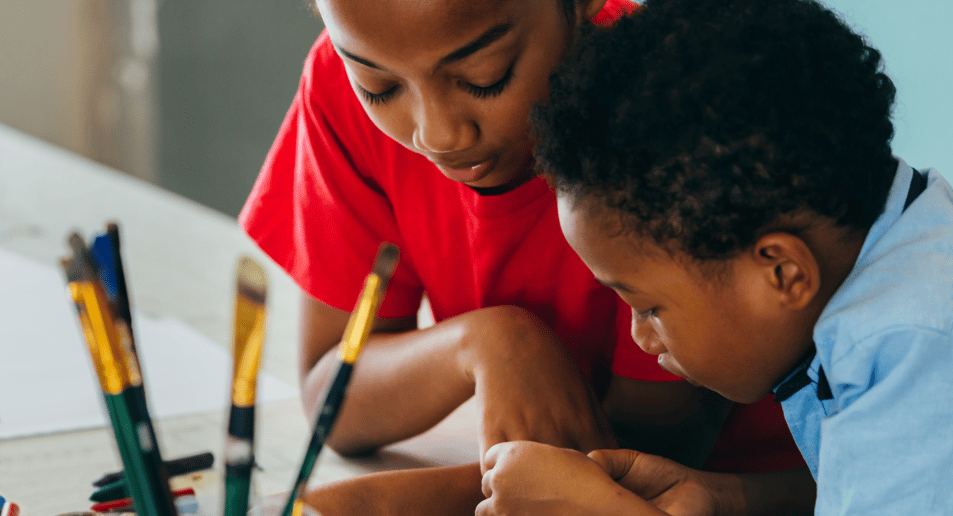
Unleashing Youth Voices Through Art
Arts-based evaluation is a non-traditional form of collecting data that allows professionals in the field to gain insight into a particular program. It provides an additional avenue for youth to express themselves, researchers note, outside of the realm of questionnaires and interviews that can sometimes appear intimidating to youth. According to Patricia Leavy as well as this study, some examples of arts-based methods include:
- Photography
- Drawing
- Craft-making (e.g., glitter, glue, popsicle sticks, etc.)
- Painting
- Collage
- 3-D art
- Comics
- Videos
- Puppetry
For example, according to this 2021 study and this 2022 study, drawing an image that represents a youth’s experience in a program would be used instead of (or in addition to) an interview. The form of non-verbal communication, such as drawing, provides youth the ability to describe their experiences and express their emotions, feelings, and thoughts when it can be challenging or intimidating at times to voice their opinion in words.
What are the Benefits of Arts-Based Evaluation?
Researchers mention a myriad of benefits to conducting arts-based evaluation, such as:
- Provides youth with a safe space to share opinions and address concerns.
- Enables youth to express themselves via creative forms.
- Can be used in combination with other evaluation methods (i.e., interviews).
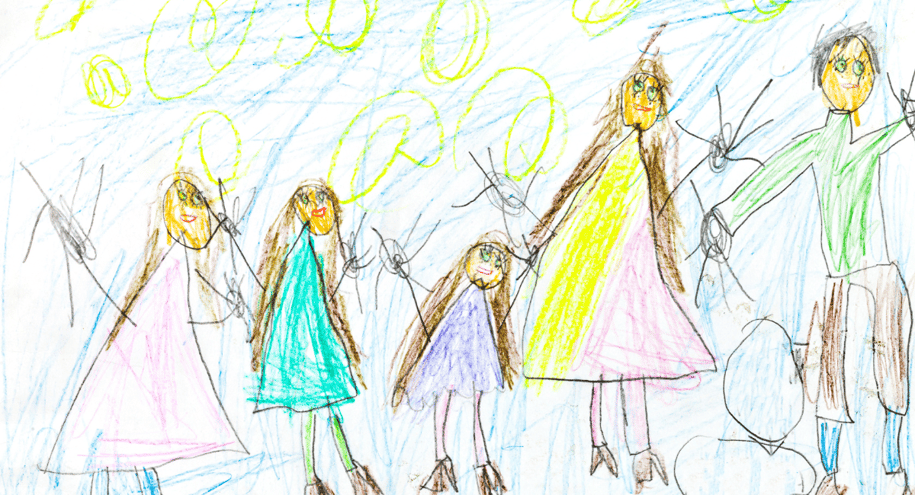
What to Consider?
Before conducting arts-based program evaluation methods, recreation programmers must be mindful of the following considerations:
- Recreation programmers should have prior knowledge and experience conducting evaluation, as well as understand how to interpret artistic techniques
- When implementing arts-based methods, recreation programmers should ensure that the focus remains on the evaluation itself rather than solely the art-based activity
- Multiple staff should be included in the evaluation process to support the activity and enhance the trustworthiness of the findings as arts-based methods are open to interpretation
These unique, non-traditional forms of evaluation can provide valuable insight into program processes and outcomes. For example, if a recreation programmer asked a class of youth participants in a 10-week basketball program to draw their experience in the program, the programmer may receive a wide range of drawings. Some drawings may depict a positive experience in the program (e.g., youth are having fun with one another and playing together); however, other drawings may represent a negative experience (e.g., a youth draws themselves isolated from the rest of the program). This can highlight an issue in the program where there may be a lack of inclusivity and/or accessibility to participate. With art-based expression, the recreation programmer can explore ways to improve the program to make it more inclusive in the future.
In summary, arts-based evaluations are a novel approach to program evaluation that can be inclusive to diverse groups of youth, capture rich, nuanced insights and allow youth to express their thoughts and experiences in a fun, creative way.
Sources for this blog include Patricia Leavy’s Handbook of Arts Based Research, a 2021 study Listening to children: Evaluation of a positive parenting programme through art-based research, a 2018 study from the Early Childhood Research Journal, and a 2022 study from the published papers Art Therapies with Children and Adolescents.

